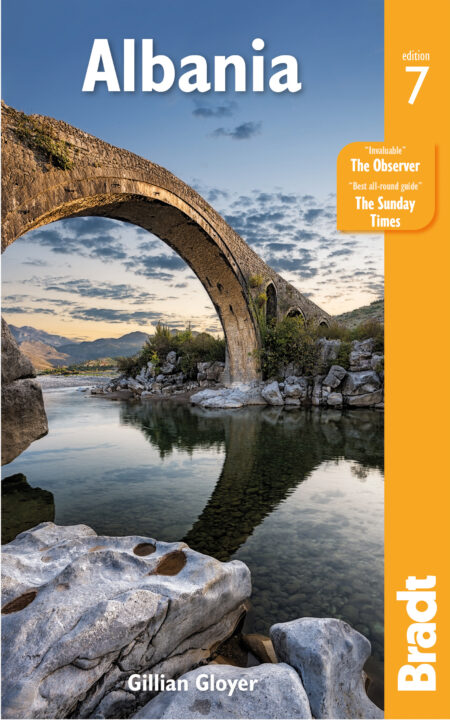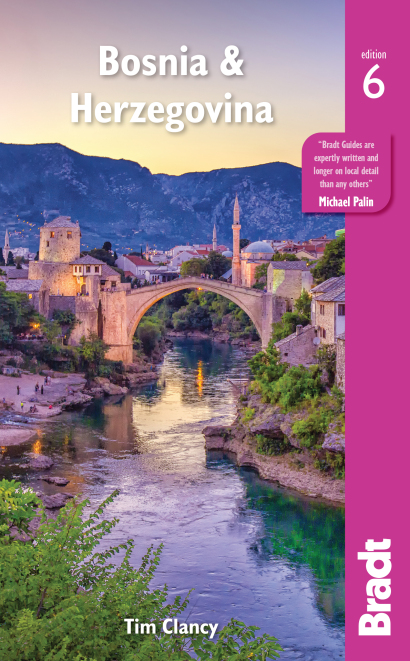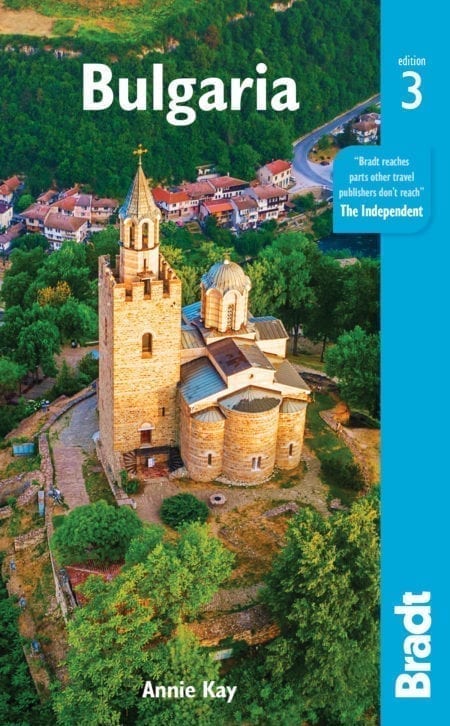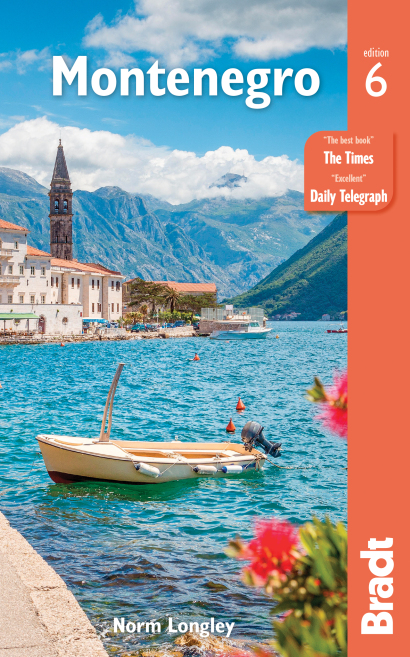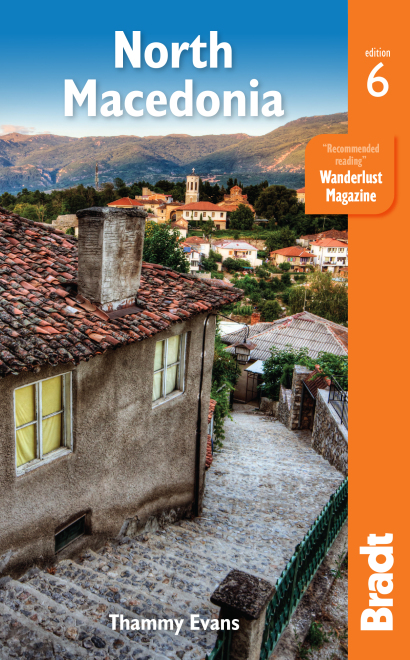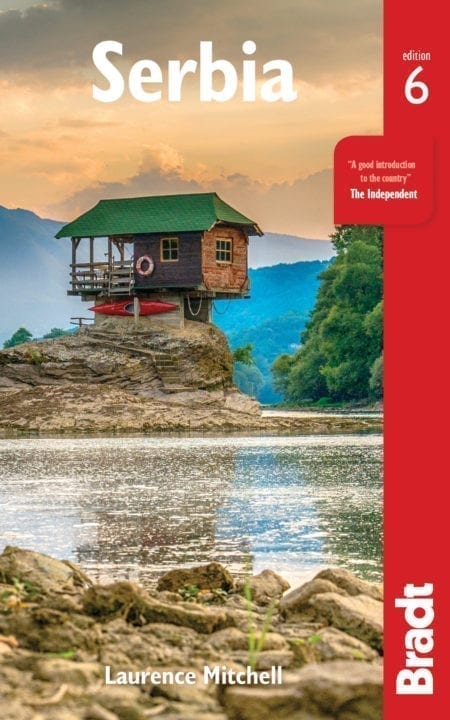Boasting spectacular scenery at every turn, the Balkans are home to some of the world’s most impressive national parks. Whether you want to hike the Sharr Mountains in Kosovo or look for pelicans in the wetlands of Albania, our selection of the best spots in the region will not disappoint.
Divjaka-Karavasta National Park, Albania
The national park centred on the Karavasta Lagoon is an internationally recognised wetland area – a Ramsar Site, the first in Albania, designated in 1995 – sandwiched between the Semani and Shkumbini rivers.
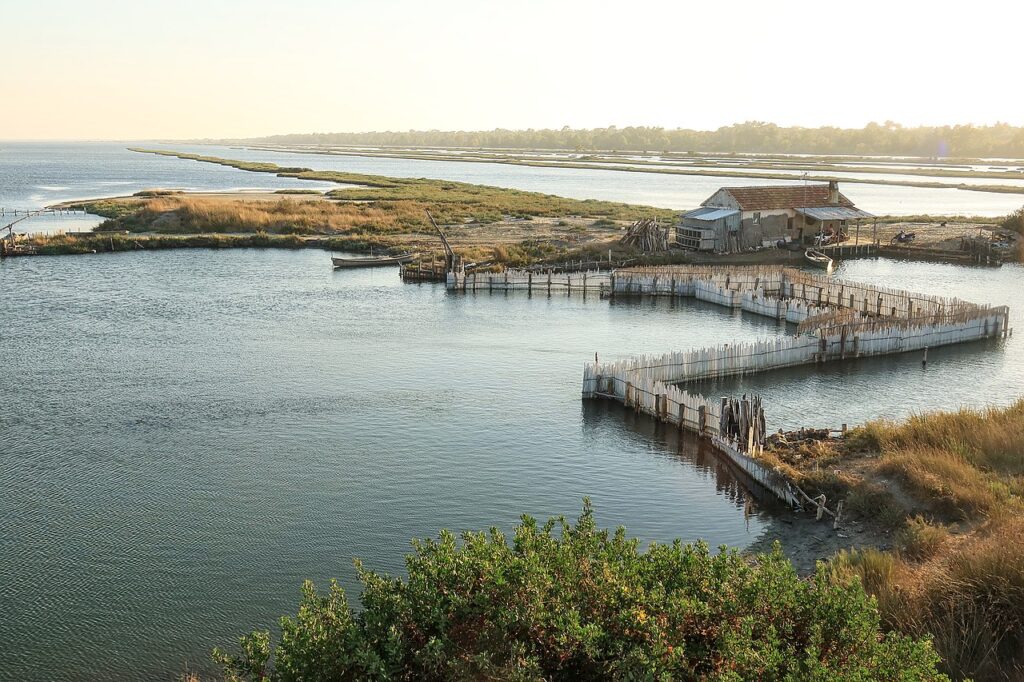
Home to around 250 bird species, 18 of which are globally threatened, it is the most westerly breeding ground of the Dalmatian pelican (Pelecanus crispus). Pelicans like building their nests away from the shore, to protect their eggs and chicks from predators such as rats, and the Karavasta Lagoon is full of small, low islands, ideal for the pelicans’ purposes. In the 2020 breeding season, 85 nesting pairs of pelicans were recorded here.
Sutjeska National Park, Bosnia and Herzegovina
Sutjeska is one of Bosnia and Herzegovina’s oldest parks, established in 1962. It is famous for the Partisan victory over the Germans in World War II and there are large stone monuments commemorating the event. The park itself protects 17,500ha of magnificent wilderness, including Perućica primeval forest. Beech trees tower over 55m high and endemic black pines grow from the rocky faces that protect the ancient forest. Skakavac Waterfall can be seen from the lookout point – this 75m waterfall is dwarfed by the massive blanket of green trees that covers the valley.
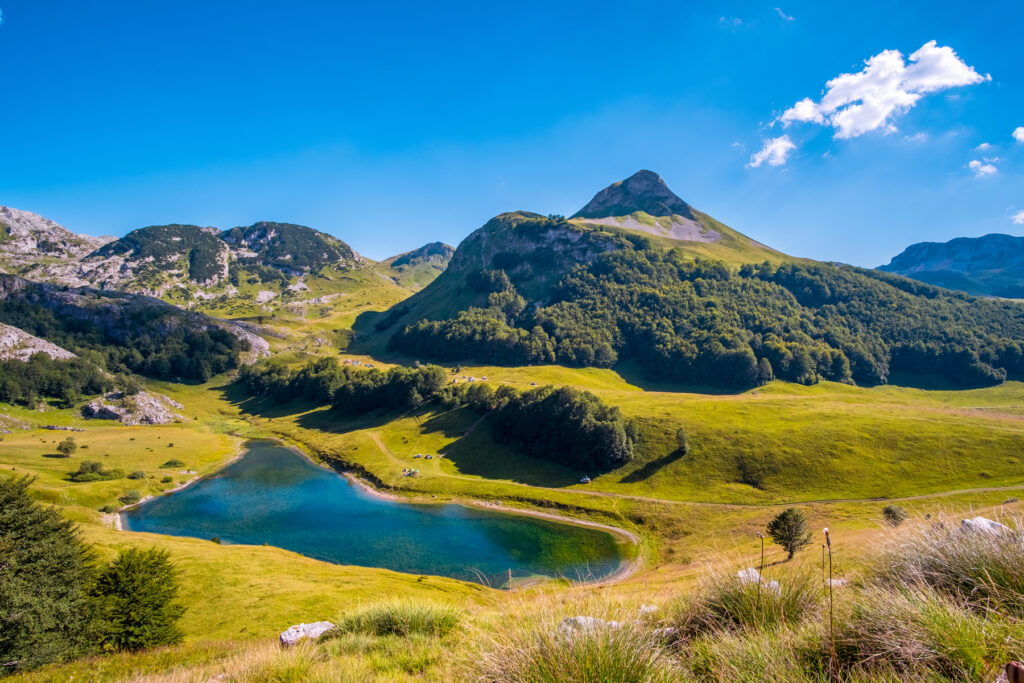
The Sutjeska River has carved a stunning valley through the middle of the park that divides Zelengora (Green Peaks) Mountain from Maglić and Volujak mountains. Bosnia and Herzegovina’s highest peak at over 2,386m (7,400ft), Maglić is located directly on the border with Montenegro, and presents a challenging climb for experienced hikers, while Zelengora Mountain is great for hiking and walking, as well as frequent bear and wolf sightings.
Rila National Park, Bulgaria
This is the largest national park in Bulgaria, located about 100km south of Sofia, in the central and highest regions of the Rila Mountains. It was designated a park in 1992 with the aim of preserving the natural heritage of the area and the local traditions, culture and skills. It covers a total area of 81,046ha and there are four nature reserves, with a combined area of 16,222ha.
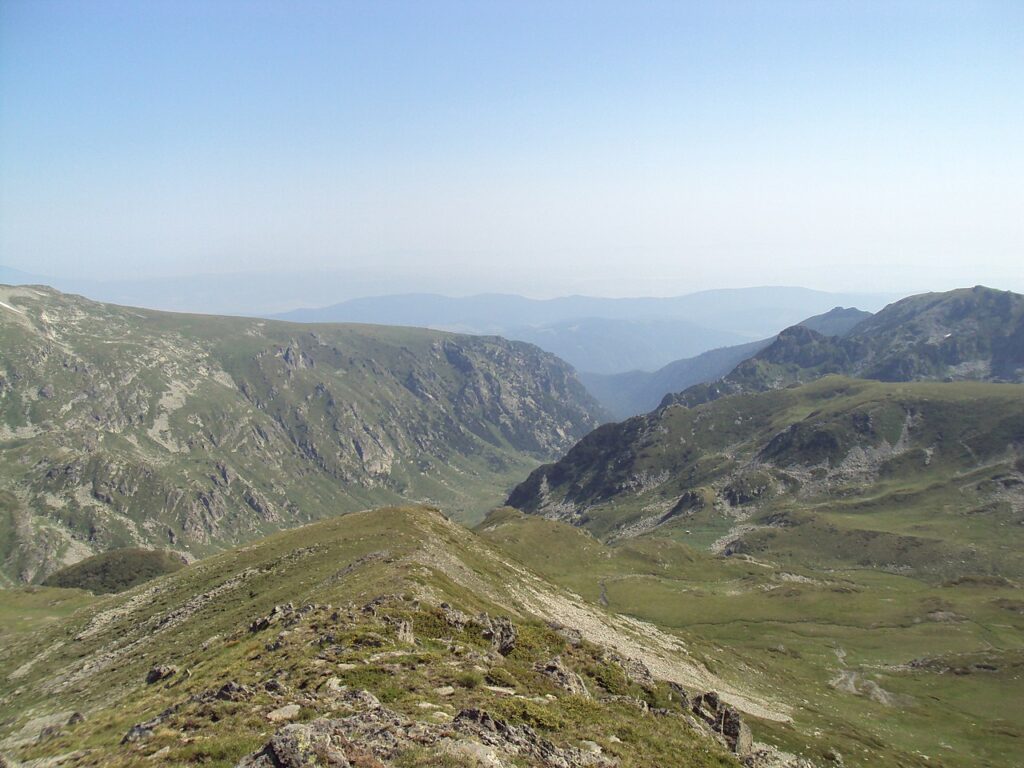
Rila Monastery Nature Park, within the Rila National Park, covers some 25,000ha of forest, alpine meadows and mountain peaks. There are 28 alpine lakes, mainly of glacial origin, and 36 peaks above 2,000m. The forests are of beech, spruce and pines, which are home to wild goats and brown bears.
Brijuni Islands, Croatia
Brijuni National Park is one of eight national parks in Croatia, and the only one in Istria (though there’s a nature park, Učka, and several protected reserves). It covers all 14 of the Brijuni Islands and a larger area of the sea around them – a total area of just under 40km², 7.4km² of that comprising land. The largest island, by a long way, is Veliki Brijun (‘Big Brijun’).
From 1949 onwards, Josip Broz Tito made the islands his summer home, importing tropical plants and animals (with more of the latter arriving as gifts from visiting dignitaries) – the basis of the safari park you’ll find on Veliki Brijun today, which includes blue and marsh antelopes, mountain zebra and Somalian sheep.
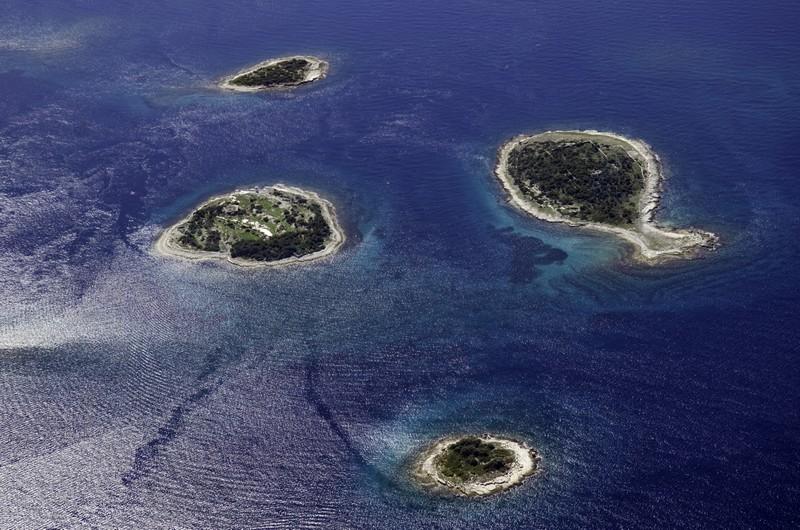
There is an ornithological reserve at Saline, where three large, shallow, marshy lakes (the remnants of antique and medieval saltpans) attract a wide range of bird species from waders to songbirds and raptors, including some rare species such as black stork.
Sharr Mountains National Park, Kosovo
Kosovo’s biggest national park is the Sharr Mountains National Park, which also straddles the border with North Macedonia and covers Štrpce, the Brezovica ski resort and the hills around the Zhupa Valley.
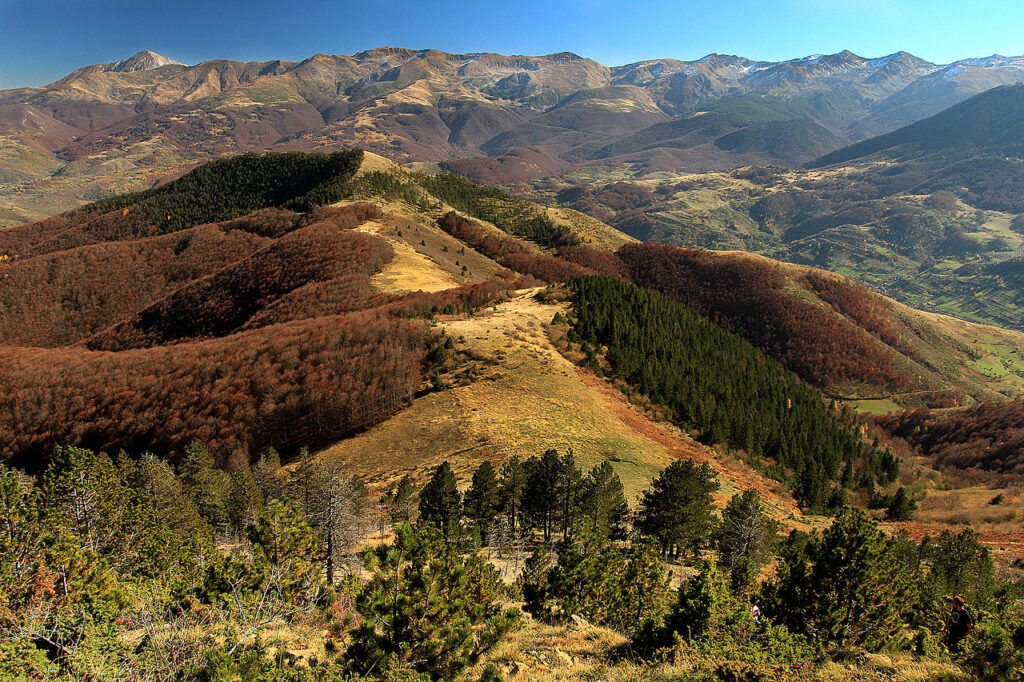
The Zhupa Valley is possibly the most scenic area of Kosovo. Coming from Prizren you will pass through the steep dramatic sides of the Lumbardhi Gorge, the Monastery of Archangels, the Hydro-electric Museum and the castle on your right. Today, the mountains are home to a number of rare plant species, in addition to wolves, brown bears and golden jackals. During the summer months, glacial lakes turn a striking blue colour as the region thaws and wildlife begins to thrive once more.
Lovćen National Park, Montenegro
Encompassing the central and highest part of the Lovćen Massif, which rises precipitously from the coast, Lovćen National Park – proclaimed as such in 1952 – is the third largest of Montenegro’s five national parks. It’s predominantly an area of rocky limestone slopes, distinguished by huge crevices, fissures and depressions, though there are sparse clusters of pine, hornbeam, birch, beech, juniper, sycamore and even wild rose.
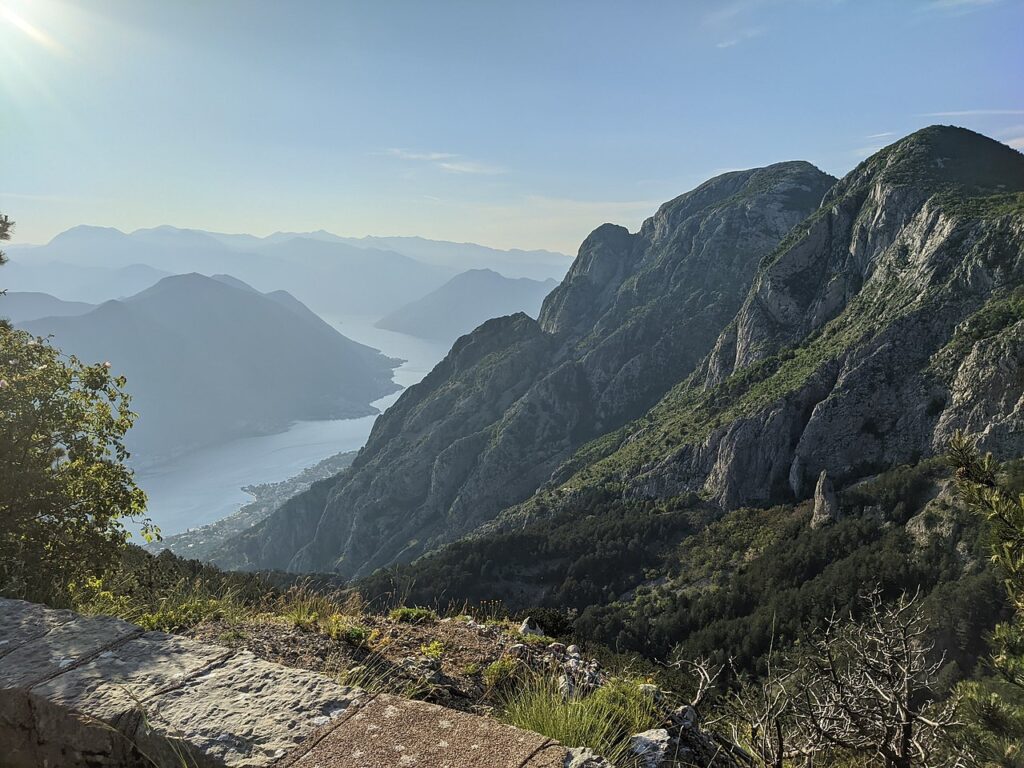
Dominating the heart of the park are the twin peaks of Štirovnik vrh (1,748m), crowned by a telecommunications tower, and Jezerski vrh (Lake Crest: 1,657m), the final resting place of Petar II Petrović Njegoš and the reason why most people visit the park. The approach road from Cetinje to the tomb forms a 20km series of serpentines, each curve disclosing a yet more sensational view.
Mavrovo National Park, North Macedonia
The largest national park in North Macedonia, Mavrovo was set aside in 1949 to protect some 730km² of mountainous territory to the west of the main road between Gostivar and Kičevo. The park extends over the Bistra Plateau across the Radika Valley and all the way up to the Dešat mountain range, which forms the border with Albania. It incorporates more than 80 peaks that top the 2,000m mark, most notably the 2,764m Golem Korab, which lies on the Albanian border close the country’s tallest waterfall.
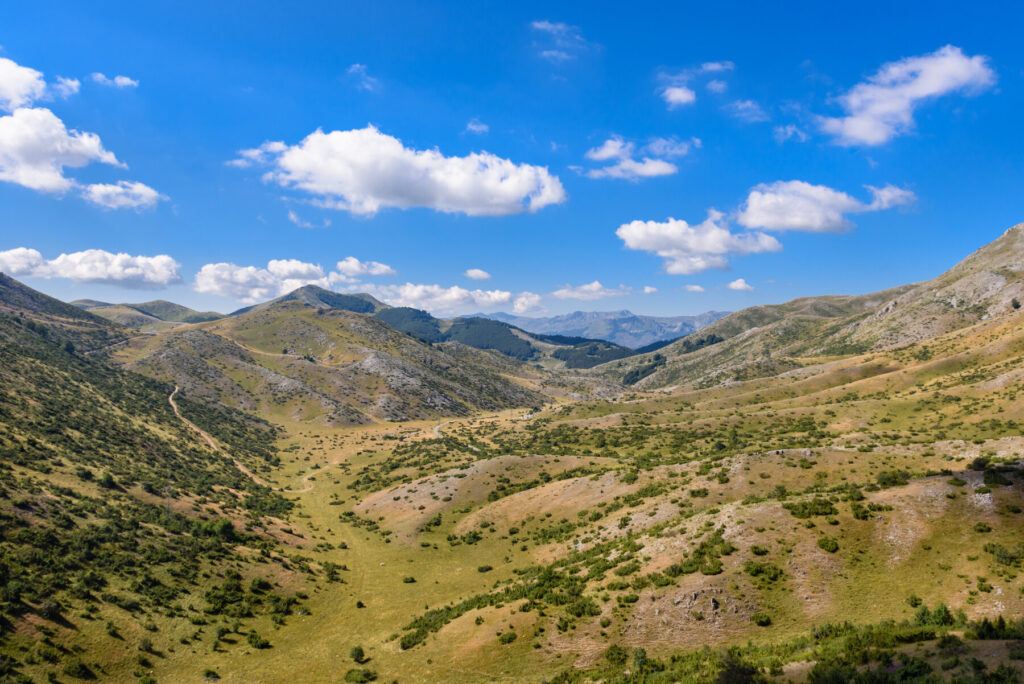
Set entirely within the watershed of the Radika River, the park is centred on the artificial Lake Mavrovo, which is named after the small town at its southernmost tip. It protects large swathes of highland forest that includes more than 140 tree species, among them Macedonian pine, Balkan maple, Crimean juniper and European yew. Of the 84 mammal species recorded in Macedonia, 50 are present in Mavrovo, most famously a well-monitored population of Balkan lynx estimated to number 60 individuals. Other large mammals include brown bear, grey wolf and Balkan chamois.
Đerdap National Park, Serbia
Serbia’s Đerdap is generally better known as the ‘Iron Gates National Park’, a reference to the old Roman name, Porta Ferea, which was used to describe the narrowing of the limestone cliffs above the River Danube. The national park’s western boundary begins at the fortress at Golubac and stretches as far east as the dam near Sip – a total of about 64,000ha.
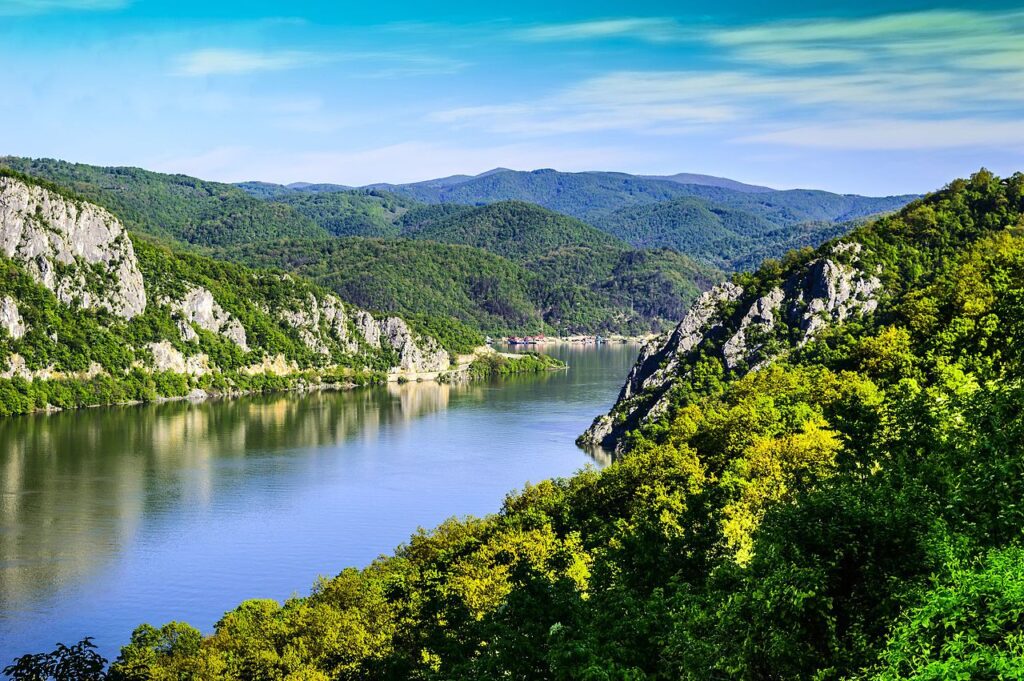
Topographically speaking, the park’s most noteworthy feature is the Đerdap Gorge itself, which stretches for well over 100km in a boomerang shape from Golubac to Tekija, forming the longest composite valley in Europe.
Rather than a single entity, the gorge is actually a compound river valley made up of four separate gorges – Gornja Klisura, Gospođin vir, Veliki and Mali kazan and Sipska Klisura – each of which is separated from its neighbour by ravines. This spectacular section of the Danube abounds in superlatives: at Gospođin vir (vir means whirlpool) the waters are up to 82m deep, one of the greatest recorded depths in the world for a river channel.
More information
For more information, check out our guides:
